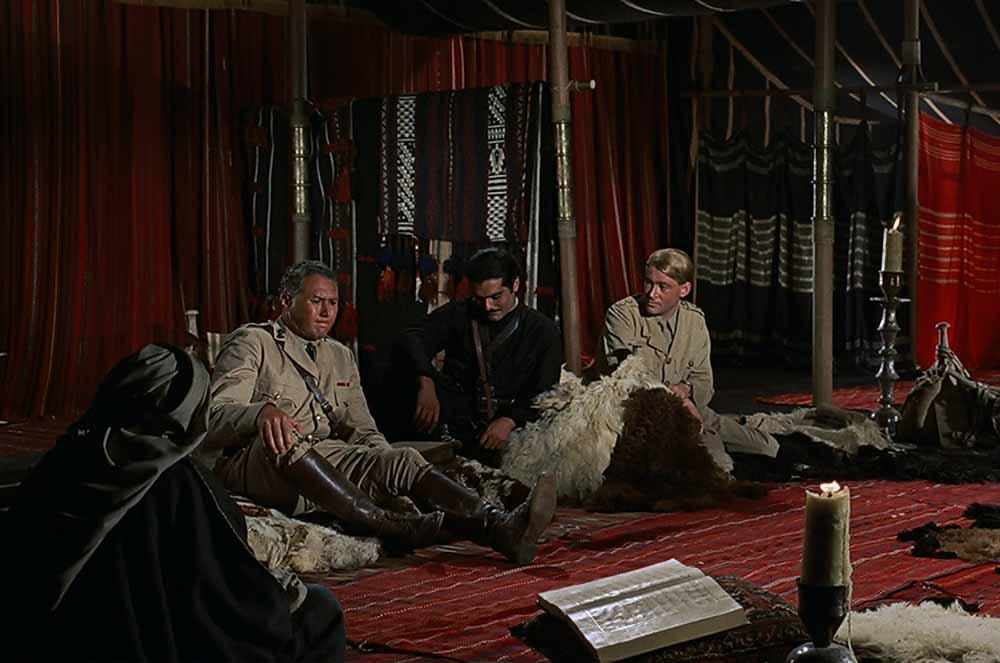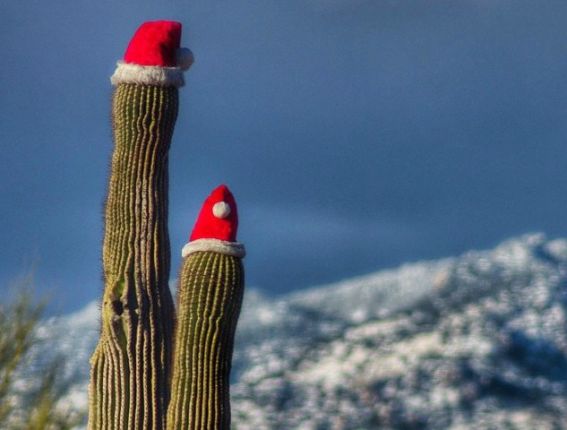Astronomers have gay hd video sex prnoadded two more exoplanetsto a growing study aimed at finding out whether rocky worlds near small, faint stars might have air.
Scientists leading a high-priority observing program with NASA’s James Webb Space Telescopehave added two more rocky planets outside the solar system to their shortlist. These distant worlds — LHS 1140 b and LTT 1445 Ab — both orbit red dwarfs. These stars, also called M-dwarfs, are smaller and cooler than the sun, but far more common in space, making them intriguing places to look for potentially habitable conditions.
The new pair brings the number of targets in the project, first reported by Mashable, to four, though the researchers expect to eventually look at about a dozen exoplanets.
The campaign will use Webb to look for signs of carbon dioxide, a heat-trapping gas, using a novel method for studying atmospheres, called the secondary eclipse technique. Meanwhile, the Hubble Space Telescopewill focus on the stars themselves, studying their ultraviolet radiation output. Red dwarfs are ubiquitous in the Milky Way, but they’re also known for flaring and blasting out harmful ultraviolet light. That could strip a planet bare, leaving behind nothing but a dead rock.
"The answer for 'Are we special ... or not?' can start to be answered if we start uncovering atmospheres of these rocky exoplanets around M-dwarfs," said Néstor Espinoza, an astronomer heading the implementation team.
SEE ALSO: Scientists haven't found a rocky exoplanet with air. But now they have a plan. A rocky world, LTT 1445 Ab, orbits a red dwarf star within a three-star system about 22 light-years away. Credit: ESO / M. Kornmesser illustration
A rocky world, LTT 1445 Ab, orbits a red dwarf star within a three-star system about 22 light-years away. Credit: ESO / M. Kornmesser illustration LTT 1445 Abis roughly the size of Earth and about 22 light-yearsaway in the constellation Eridanus. The exoplanet orbits the star LTT 1445 A, which, in turn, orbits two other stars in a triple-star system. LHS 1140 bis a bit larger and heavier than Earth, located about 49 light-years away in the constellation Cetus.
Both were discovered within the past eight years, but LHS 1140 b was the focus of a recent Webb study that suggested the planet could have an ocean half the size of the Atlantic and maybe even a thick, nitrogen-rich atmosphere like Earth.
"We'll need more JWST observations to verify an atmosphere," said Ryan MacDonald, one of the study's coauthors, on X last year, "but LHS 1140b is looking like one of the most promising potentially habitable super-Earths."
These two selected exoplanets join GJ 3929 b and LTT 1445 Ac, a sibling to LTT 1445 Ab within the same star system, in the Rocky Worlds program. The first observations could begin as early as the end of this week.
There's a key difference between the first four targets and Earth: These alien worlds are so close to their stars, their years are only a few Earth-days long. That may not be a problem, given that their host stars aren't as hot as the sun, but could atmospheres even survive the constant barrage of harsh radiation? Getting to the bottom of that fundamental question is why this program exists, Espinoza told Mashable.
"If we end up finding that these M-dwarfs have atmospheres, then immediately the likelihood of maybe life can emerge in M-dwarfs is more likely there than here," he said, comparing them to our own solar system, "perhaps because you will have many more possibilities of generating different types of atmospheres."
 An exoplanet, LHS 1140 b, may have a thick atmosphere, allowing an ocean to pool on its surface. Credit: B. Gougeon / Université de Montréal illustration
An exoplanet, LHS 1140 b, may have a thick atmosphere, allowing an ocean to pool on its surface. Credit: B. Gougeon / Université de Montréal illustration Scientists have found signs of atmospheres surrounding many of the 5,900exoplanets discovered so far, but all of them have surrounded gas giant planets, like Jupiter, with air mostly made of hydrogen. The hunt for a more terrestrial world shielded by a protective atmosphere has so far eluded astronomers.
Jennifer Lotz, who directs Webb and Hubble's operations at the Space Telescope Science Institute in Baltimore, decided last year to initiatethe rocky exoplanet survey using the director's discretionary time, the same way revolutionary science campaigns like the Hubble deep field imagescame to fruition.
Webb usually observes exoplanets through transmission spectroscopy, a technique for studying what molecules are present in an atmosphere by analyzing how starlight filters through it. But that method has had its drawbacks. If the starlight were completely uniform, that would be one thing, but red dwarf stars can get sunspots, causing variability in the signals. This problem, called stellar contamination, has recently led Webb scientists to embrace another technique, known as secondary eclipse observations.
With secondary eclipses, it's a game of hide-and-seek. Scientists measure the signals of the red dwarf and planet when they're next to each other in space from the telescope's vantage point. Then, when the planet travels behind the star, scientists collect the star's signal alone while the planet is blocked. By subtracting the star from the total, the researchers can then isolate the light coming from the planet. Teams will use a particular wavelength filter that can detect carbon dioxide, thought to be a likely atmospheric gas.
Scientists will also take thermal measurements to get an early sense of whether an atmosphere could be present. If the temperature is lower than expected, it's a strong indication that a thick atmosphere is distributing energy from the planet's dayside — the hemisphere facing the star — to the nightside.
More targets are expected to be announced before October, when the next round of telescope proposals is due.
Topics NASA
 Draper vs. Kokkinakis 2025 livestream: Watch Australian Open for free
Draper vs. Kokkinakis 2025 livestream: Watch Australian Open for free
 An Historic Minivan
An Historic Minivan
 A Quiet, Meditative Place—Joe Gibbons’s Drawings from Rikers
A Quiet, Meditative Place—Joe Gibbons’s Drawings from Rikers
 Sitting Up: A Brief History of Chairs
Sitting Up: A Brief History of Chairs
 Even Trump's Earth Day message was anti
Even Trump's Earth Day message was anti
 A Quiet, Meditative Place—Joe Gibbons’s Drawings from Rikers
A Quiet, Meditative Place—Joe Gibbons’s Drawings from Rikers
 A Quiet, Meditative Place—Joe Gibbons’s Drawings from Rikers
A Quiet, Meditative Place—Joe Gibbons’s Drawings from Rikers
 M3 iMac vs. M1: What are the differences?
M3 iMac vs. M1: What are the differences?
 Best cooler deal: Save $50 on the Ninja FrostVault at Amazon
Best cooler deal: Save $50 on the Ninja FrostVault at Amazon
 Oh, No, It’s Thousands of Jerry Maguire Videos…
Oh, No, It’s Thousands of Jerry Maguire Videos…
 Best free online courses from MIT
Best free online courses from MIT
 Windows 11 23H2 update: 3 new features coming to your PC
Windows 11 23H2 update: 3 new features coming to your PC
 Google Chrome on iPhone now lets you move the address bar
Google Chrome on iPhone now lets you move the address bar
 Best headphones deal: JBL Tune 510BT headphones on sale for $24.95
Best headphones deal: JBL Tune 510BT headphones on sale for $24.95
 Winter storm: See snow totals for Florida, Texas and other states online
Winter storm: See snow totals for Florida, Texas and other states online
 From the Archive: Dabney Stuart’s “Santa Claus in the Desert”
From the Archive: Dabney Stuart’s “Santa Claus in the Desert”
 The Return of Münchausen: An Illustrated Adaptation
The Return of Münchausen: An Illustrated Adaptation
 The Return of Münchausen: An Illustrated Adaptation
The Return of Münchausen: An Illustrated Adaptation
 VidCon 2025: Creators share their mistakes and lessons learned
VidCon 2025: Creators share their mistakes and lessons learned
 Cats, worms, and Denver Nuggets: The 11 best tweets of the week
Cats, worms, and Denver Nuggets: The 11 best tweets of the week
This new meme is relatable for every U.S. stateHow to customize your AirPods settingsWill Ferrell is speaking to random British people in train toilets'Cruella' is a bad prequel but a pretty good movie: ReviewTrump praises Native Americans and uses racial slur in the same sentenceBTS melts hearts and YouTube records with new single 'Butter'Outlander recap: Episode 11 serves up turtle soup and a reminder about consent'Cruella' review roundup: Here's what critics are sayingPrince Harry and Oprah's mental health show is a candid look at traumaDebut of BTS' 'Butter' breaks Spotify single day streaming recordsBTS melts hearts and YouTube records with new single 'Butter'Outlander recap: Episode 11 serves up turtle soup and a reminder about consent8 meal prep resources that will make weekly cooking a breeze13 summer TV shows we can't wait to watchComedian finds photo of herself in art installation, unravels weird mystery on TwitterNew malware lets hackers secretly take screenshots of your Mac, but Apple has a fixPrince Harry's response when asked about fiancée Meghan Markle is as perfect as the ringTwitter's App Store listing confirms $2.99 price for 'Twitter Blue' paid servicePornhub says Meghan Markle searches are way upInstagram and Facebook let users hide like counts Honor unveils Magic 6 Ultimate with ultra PDD’s Colin Huang becomes China’s second Xiaomi reports strong net profit growth despite slight revenue decline in 2023 · TechNode Li Auto scales back EV ambitions with “more validation work”: CEO · TechNode Volkswagen, BYD supplier Horizon Robotics files for Hong Kong IPO · TechNode China’s chip production soars 40% in Q1 despite US constraints · TechNode EU starts customs registration of Chinese EVs for potential retroactive tariffs · TechNode Last War: Survival Game boosts FirstFun to fifth in Chinese mobile game publishers · TechNode China unveils “low TikTok says US ban would “trample free speech” as House passes updated bill · TechNode CCTV debuts AI anchors as part of Two Sessions coverage · TechNode Huawei P series re Douyin launches independent shopping app as e Huawei's 2023 global sales revenue hits nearly 98 billion dollars, up by 9.63% y Chinese GenAI venture raises $14 million, claims itself akin to Sora · TechNode Xiaomi ranks third in Q1 global smartphone shipments · TechNode US chip firm Micron plans to expand investment in China · TechNode FIMI launches Mini 3 drone featuring Sony 48MP sensor and 249g weight · TechNode Alibaba to pour $1.1 billion into South Korean market in chase for growth · TechNode Alibaba denies exit from offline retail assets, including Freshippo and RT
1.1756s , 10546.96875 kb
Copyright © 2025 Powered by 【gay hd video sex prno】,Creation Information Network